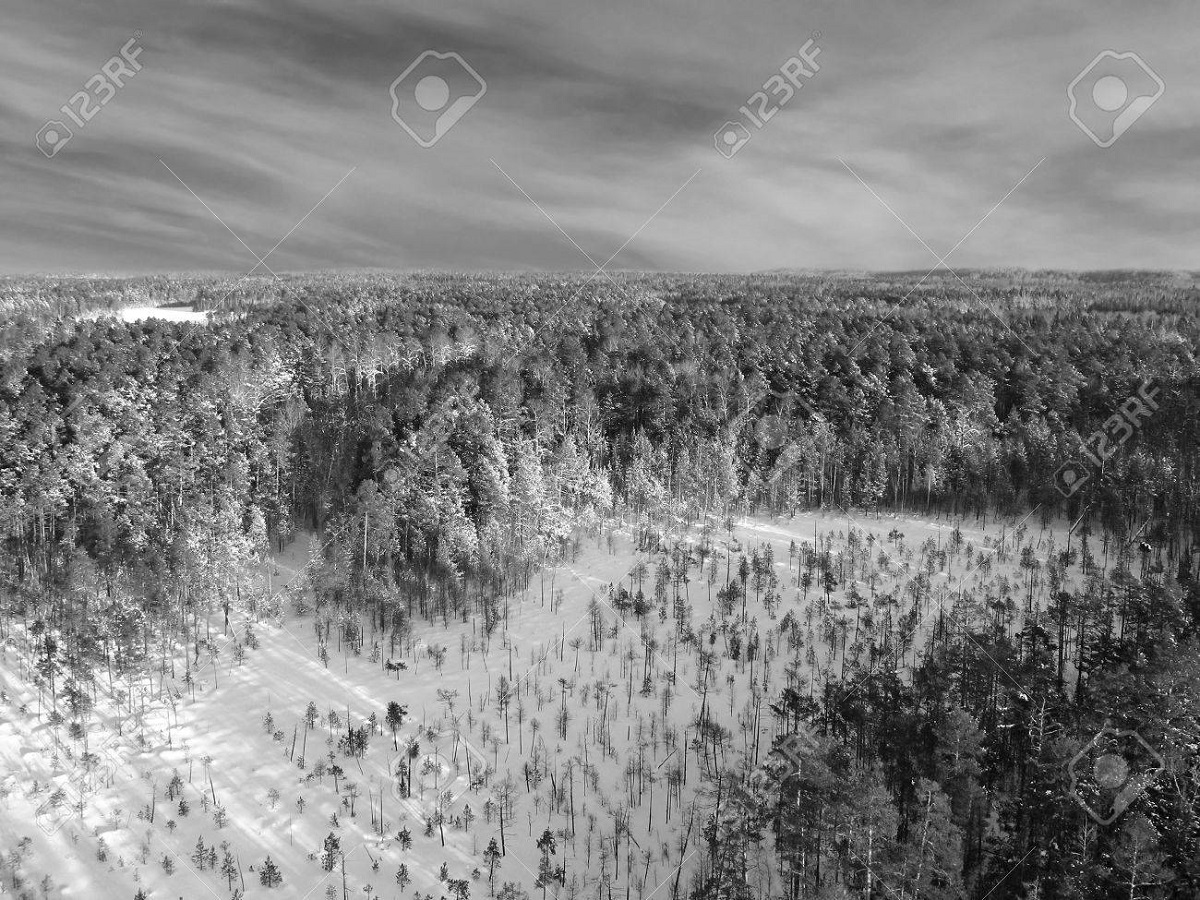Introduction:
The taiga, with its tremendous and distant wilderness, presents an imposing climate for those wandering into its profundities. To make due in this cruel and unforgiving biome, one should have fundamental information and abilities, particularly with regards to obtaining food and water. In this article, we will investigate the methodologies and procedures for tracking down food in the taiga, offering significant bits of knowledge for those trying courageously to explore this stalemate.
Understanding the Taiga Environment
Prior to setting out on an excursion into the taiga impasse, it’s significant to comprehend the climate you’ll confront. The taiga is portrayed by its thick coniferous woodlands, cold winters, and moderately short summers. Here are a few key contemplations:
- Cruel Environment: The taiga impasse encounters long, chilly winters with temperatures falling great underneath freezing. Summers are brief yet can be moderately gentle. Precipitation basically falls as snow throughout the cold weather months.
- Scanty Populace: The taiga impasse is inadequately populated, with few human settlements. This implies that admittance to provisions and help is restricted.
- Plentiful Untamed life: Regardless of the difficult circumstances, the taiga is home to an assortment of natural life, including warm blooded creatures like moose, bears, and wolves, as well as more modest game like bunnies and squirrels.
- Water Sources: The taiga impasse is accentuated by various lakes, waterways, and streams, giving potential water sources. Nonetheless, these might be frozen or out of reach throughout the cold weather months.
Finding Food in the Taiga
Endurance in the taiga impasse frequently includes obtaining food from the land and streams. Here are a few techniques for tracking down food:
- Hunting: Hunting is an essential method for securing food in the taiga. Information on hunting methods, catching, and gun security is pivotal. Game, for example, moose and deer can give significant food, while more modest creatures like bunnies and squirrels can enhance your eating regimen.
- Fishing: Numerous taiga locales are wealthy in freshwater bodies. Fishing can be a solid wellspring of food, particularly during the hotter months. Figure out how to set up fishing traps and plan improvised fishing gear.
- Searching: The taiga is home to different consumable plants, berries, and parasites. Find out more about the neighbourhood vegetation and their palatable parts. Be mindful and counsel a manual or master to keep away from harmful species.
- Catching: Laying out snares for little game like hares and beavers can be a compelling method for getting food. Figure out how to decisively build and spot catches and traps.
- Protection: Safeguarding methods, like smoking or drying meat, can assist with broadening the timeframe of realistic usability of your food supply. This is especially significant throughout the cold weather months while hunting and fishing might be less useful.
Finding Water in the Taiga
While the taiga impasse offers plentiful water sources, getting to them can be testing, particularly during the colder months. This is the way to find and get water:
- Snow and Ice: In the colder time of year, snow and ice can be an important wellspring of water. Liquefy snow or ice by warming it over a fire, yet make certain to sanities the water through bubbling or utilizing a water purging tablet.
- Waterways and Streams: During the hotter months, waterways and streams are dependable wellsprings of freshwater. Convey a compact water filtration framework or purging tablets to make the water ok for utilization.
- Lakes: Lakes are much of the time more steady water sources contrasted with streams, as they are less inclined to freeze totally in the colder time of year. Nonetheless, guarantee that you have a way to get through the ice to get to the water.
- Water: Gathering water can be a supportable wellspring of freshwater. Use compartments or ad libber assortment frameworks to catch downpour when it’s free.
- Meltwater: In the spring, as temperatures climb, snow and ice start to soften. Gather this meltwater for drinking and different purposes. Guarantee it is sanitized before utilization.
Safety Considerations
Getting by in the taiga impasse requires cautious preparation and wellbeing safeguards:
- Route: Convey a guide, compass, or GPS gadget to try not to become mixed up in the huge wild. Find out about the territory and milestones to help you route.
- Warmth: Hypothermia is a steady danger in the taiga’s cool environment. Continuously have suitable apparel, fire-beginning apparatuses, and cover materials to remain warm.
- Untamed life Mindfulness: Be wary of the natural life in the taiga. Know how to store food securely to try not to draw in creatures to your camping area. Convey bear-safe compartments if necessary.
- Medical aid: A very much supplied emergency treatment unit is fundamental. Master essential medical aid abilities and be ready for normal wounds and diseases.
- Correspondence: Convey a satellite telephone or individual finder reference point to call for help in crises. Guarantee you have a method for speaking with the rest of the world.
Conclusion:
Making due in the taiga is a difficult undertaking, yet with the right information and readiness, it tends to be a compensating experience. Obtaining food and water in this remote and unforgiving climate requires a blend of hunting, fishing, searching, and creativity. It’s fundamental to comprehend the taiga’s novel attributes, practice security measures, and regard the fragile equilibrium of this perfect wild. Whether you’re a carefully prepared traveller or a fledgling pilgrim, the taiga offers a chance to test your abilities to survive and associate with the crude magnificence of nature in its most flawless structure.




